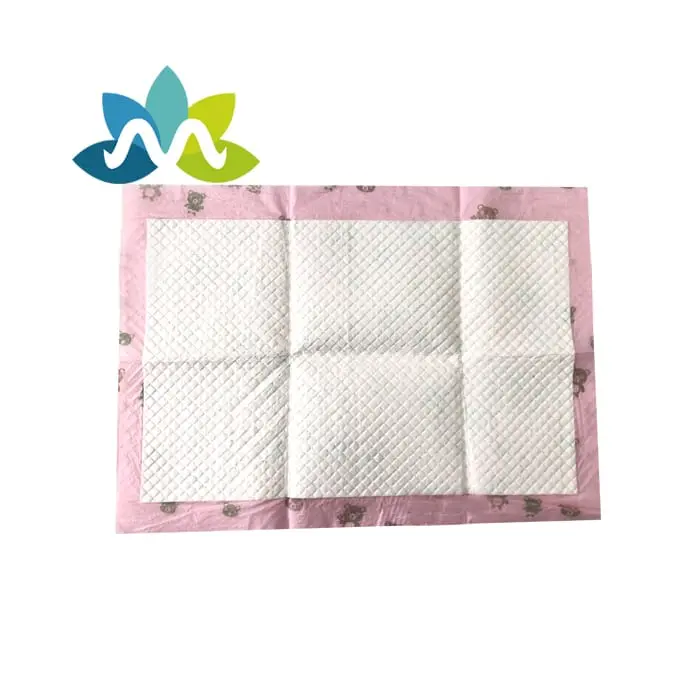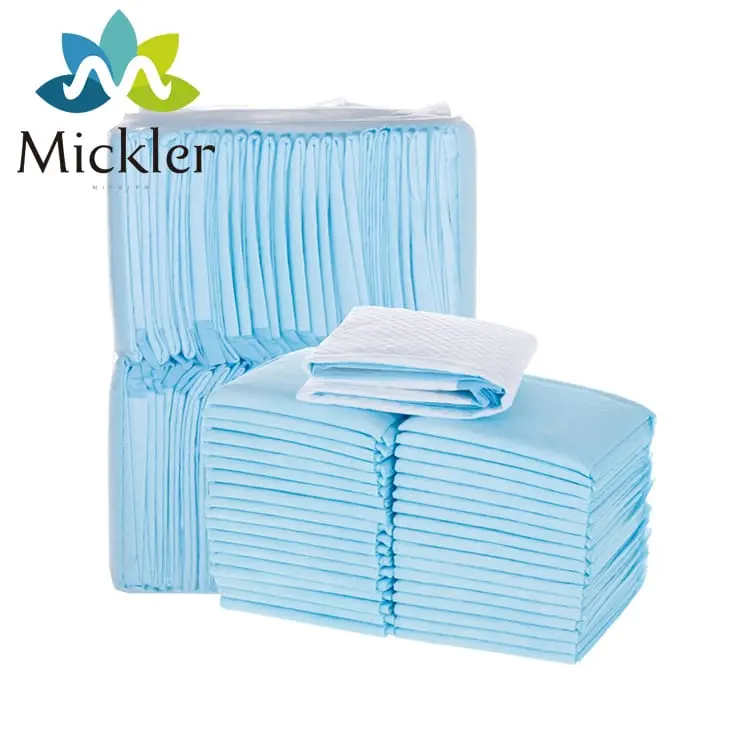If you live in an apartment, you might want to start house training your dog with puppy pads. This way, your dog can learn to relieve himself in a designated spot in your house.
1. Follow a 24-hour schedule.
In order to house train your dog, you need to strictly follow a schedule. This will establish a routine for both you and your dog. Your dog needs to go out first thing in the morning, after meals and play times, and before bedtime. Every moment should be accounted for. The schedule will vary depending on your dog's age — figure your dog can hold their bladder for one hour for each month of age, plus one hour. So a two-month-old pup can wait three hours max; a three-month-old pup can wait four hours max, and so on.
2. Choose a designated spot for indoor toileting.
Select a place in your house that is suitable for your dog’s toileting. Ideally, this is a place with easy-to-clean floors such as a bathroom or kitchen area. Place a puppy pad here.
You need to be the one to choose the toilet spot. You need to be okay with its location when it’s indoors. For example, you might not want to put a puppy pad in your kitchen if you don’t want to have dog poo and pee near where you cook and eat.
Use consistent language to refer to this place. For example, when your dog reaches this spot, say, “Go potty,” or use a similar verbal cue. Then your dog will associate this spot with toileting.
3. Take your dog to the potty spot.
At a scheduled potty time, or when you recognize your dog’s cues for needing to relieve himself, take him to the puppy pad.
You might want to take him on a leash, even if he’s inside. This will get him used to the leash, which you may need when you start your outdoor potty training
4. Change the puppy pad frequently.
Make sure to clean up after your dog relieves himself. Dogs will want to relieve themselves where they smell their urine, so you should leave a used puppy pad with a bit of urine underneath a clean puppy pad. Remove all feces from the area after the dog relieves himself.
5. Learn your dog’s signs.
Pay close attention to your dog so that you learn when he has to go. This might include the dog walking around stiffly or in circles, sniffing the floor like he’s searching for somewhere to pee, or letting his tail rest in a strange position.
If your dog looks like he needs to relieve himself, take him out to his designated spot right away. Do this even if you’re not at your scheduled potty break.
6. Keep a close eye on your dog at all times.
You need to keep a vigilant eye on your dog whenever he is out of his crate. Even if he’s in the kitchen during his free time, you still need to watch him. This will ensure that you catch him before he has an accident. It’s imperative during this time that your dog associates toileting with going to his puppy pad.
You might consider tethering your dog to your waist with a leash when he is out of his crate. This way, you will be sure to keep him very close to you. You can track his movements more closely.
7. Clean up accidents immediately.
If your dog has an accident in the house, clean it up as soon as possible. You don’t want your dog relieving himself anywhere but on the puppy pad.
Don’t use an ammonia-based cleaner. Urine has ammonia in it, so your dog might associate the cleaner’s smell with urinating. Instead, use an enzymatic cleaner on soiled areas.
Don’t punish your dog for having an accident.
Post time: Dec-27-2022



